
A tongue crib is a custom-made orthodontic appliance that fits inside the mouth. It has a metal grate, two rings (also called bands) with which the tool is attached to the back molars. It is prescribed for kids who have the habit of tongue thrusting.
What are the harmful consequences of tongue thrusting?
Similar to thumb sucking, tongue thrusting is also bound to jaw, muscular, skeletal abnormalities. It causes various problems in your kids’ mouths including:
- Jaw bone problems
- Altered speech patterns
- Malocclusion
- Difficulty swallowing
- Damage to the front upper teeth
Why do kids develop tongue thrusting habits?
The root of tongue thrust lies in more than one factor. However, it is hard to pinpoint the exact thing. The possible causes include:
- Large tongue
- Muscular or Neurological abnormalities
- Short lingual frenum
- Mouth breathing
- Overly-prolonged finger sucking
- Nasal congestion
Tongue thrusting is quite normal despite its variations such as anterior open bite, anterior thrust, unilateral thrust, bilateral thrust, closed bite thrust, and bilateral anterior open bite. However, it is problematic when a kid sticks to this habit even after getting older.
When should a kid get tongue crib?
If a newborn baby presses tongue forward too far in the mouth, it is pretty normal. As the practice of sucking everything a baby holds is a natural habit, you don’t worry about it. In general, a baby breaks this practice and develops a mature swallowing pattern by age 4.
If this habit is not deterred in this stage, it will become hard to treat. Moreover, it will upset the alignment of permanent teeth, affect skeletal development, and even cause tongue-tie problems.
Hence you should discuss with your orthodontist or dental doctor to detect if the thrust is strengthened or your kid needs a tongue crib to break this habit.
How does a tongue crib Work?
As mentioned earlier, a tongue crib contains a metal grate that blocks the mouth’s top front roof so that suction is not possible while sucking fingers, tongue, or any objects.
Keep in mind that persistent suction affects the palate and makes a gap between the upper front teeth. It makes a kid feel hard to swallow, speak, and even chew thereby he/she would develop an atypical swallowing pattern.
Besides breaking the habit, the tongue cribs help correct the tongue position. Wearing this appliance provides a way for the tongue to rest in its proper position (backward & downward).
Depending on the child’s condition, a removable or fixed appliance is required. Similarly, treatment duration also varies from case to case.
Will the tongue crib cause pain?
The insertion of tongue cribs causes mild difficulties like pain, soreness in the initial stage of treatment, say first few weeks. Later they subside on their own as the mouth gets adjusted to the new appliance.
Hence we recommend parents feed soft foods and drinks for a few days once the treatment begins. Later, feed the regular foods your kids usually consume.
Bottom line
Similar to thumb sucking, tongue thrusting is also a common behavior in kids. It becomes problematic and invites a lot of oral troubles if a kid pursues it after becomes 4 years old.
As the tongue stays forward and upward for a while, it affects the top roof front of the mouth, followed by intervening in the jaw bone development, teeth alignment, etc. When a dentist diagnoses such permanent damages from the sucking behavior, he/she will recommend a tongue crib to break this habit as well as reverse those damages.






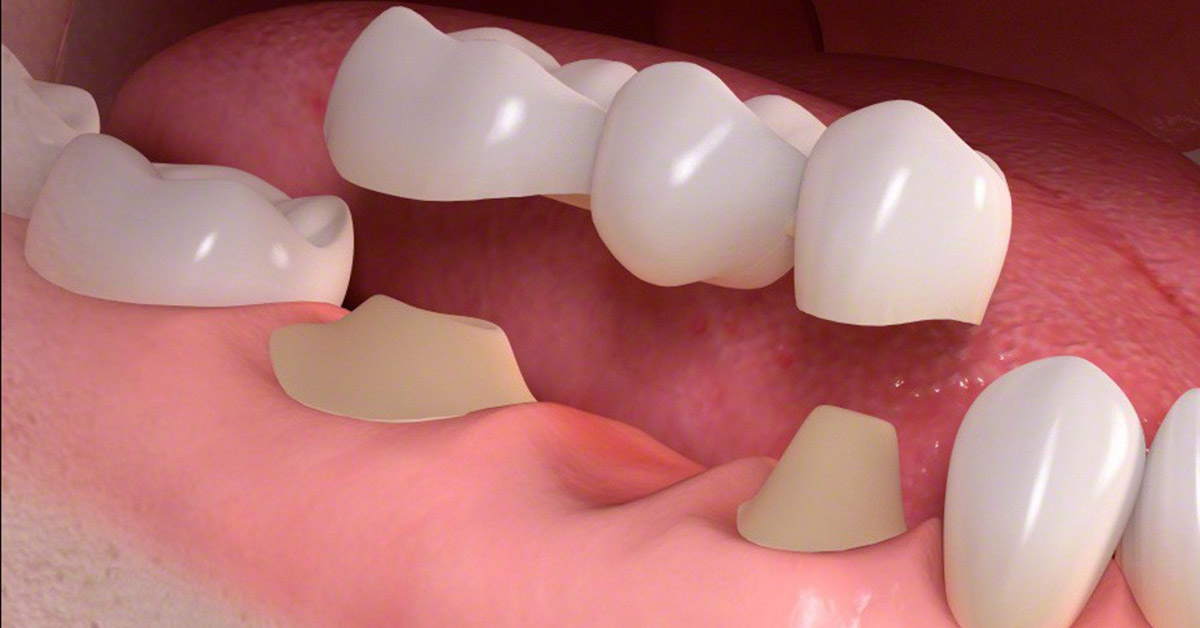



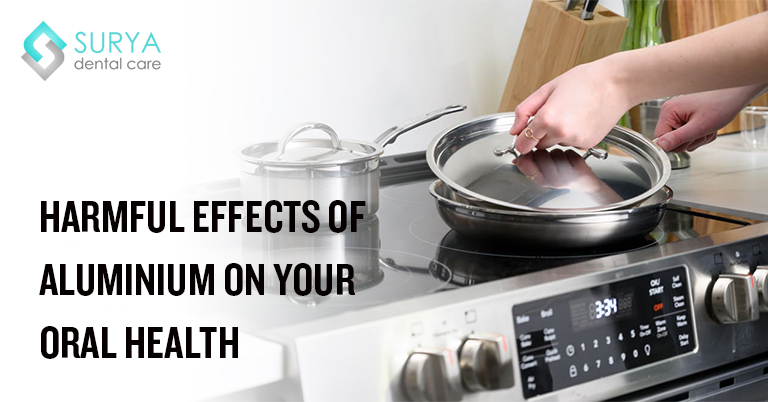

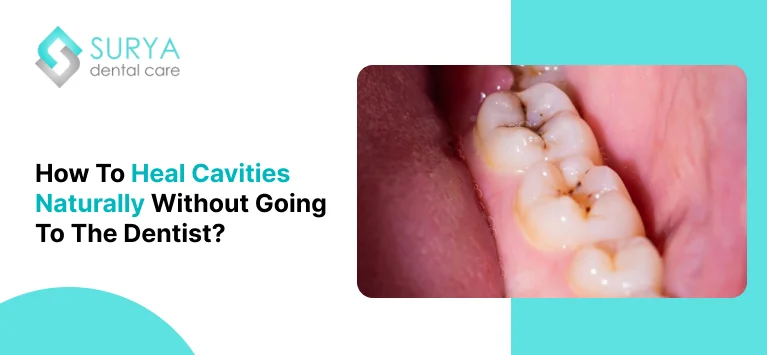
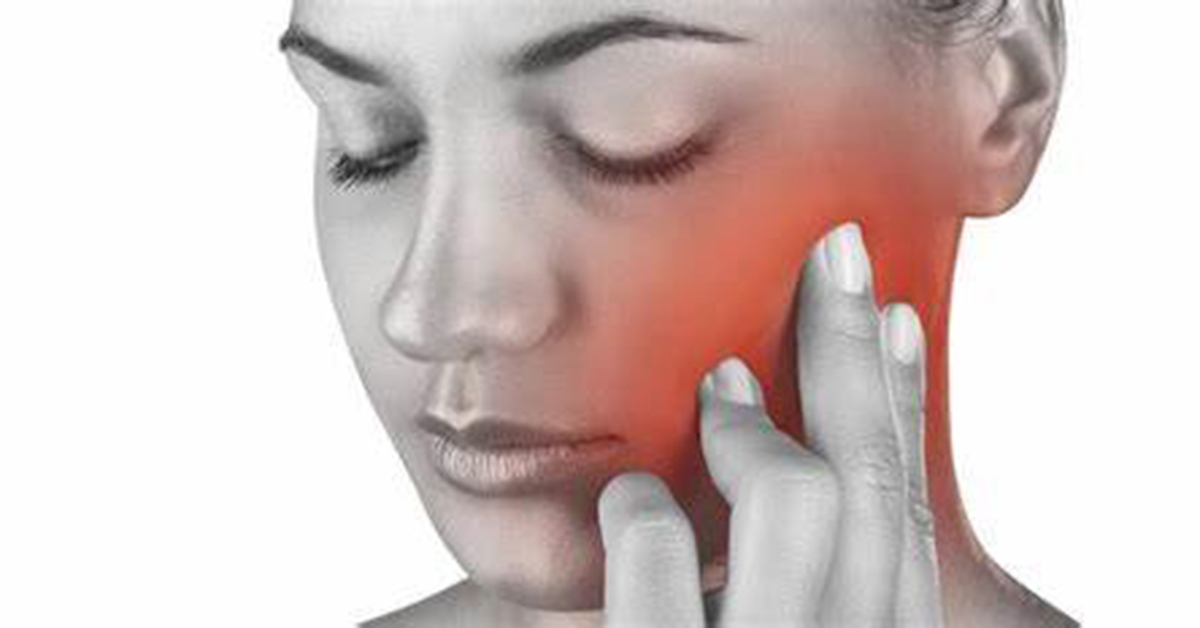
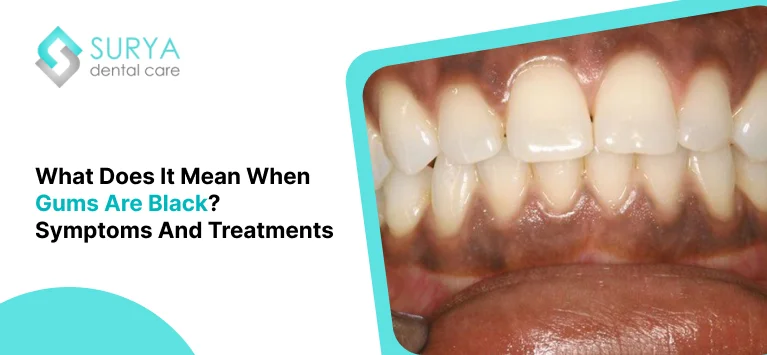

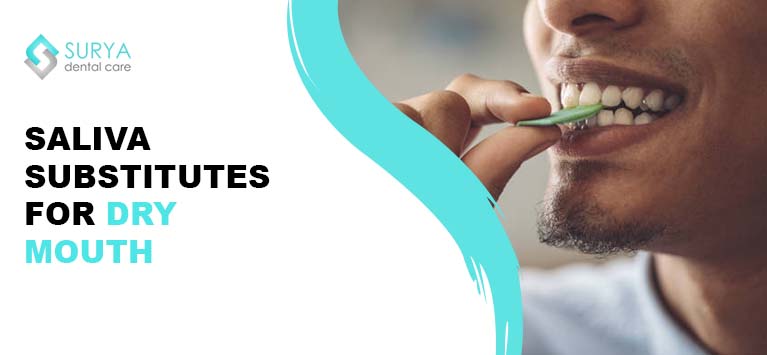
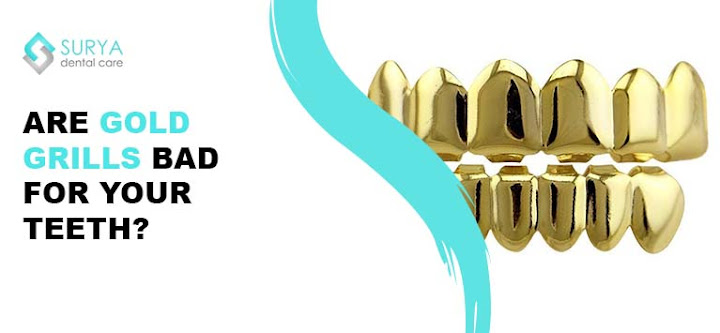



Leave a Comment